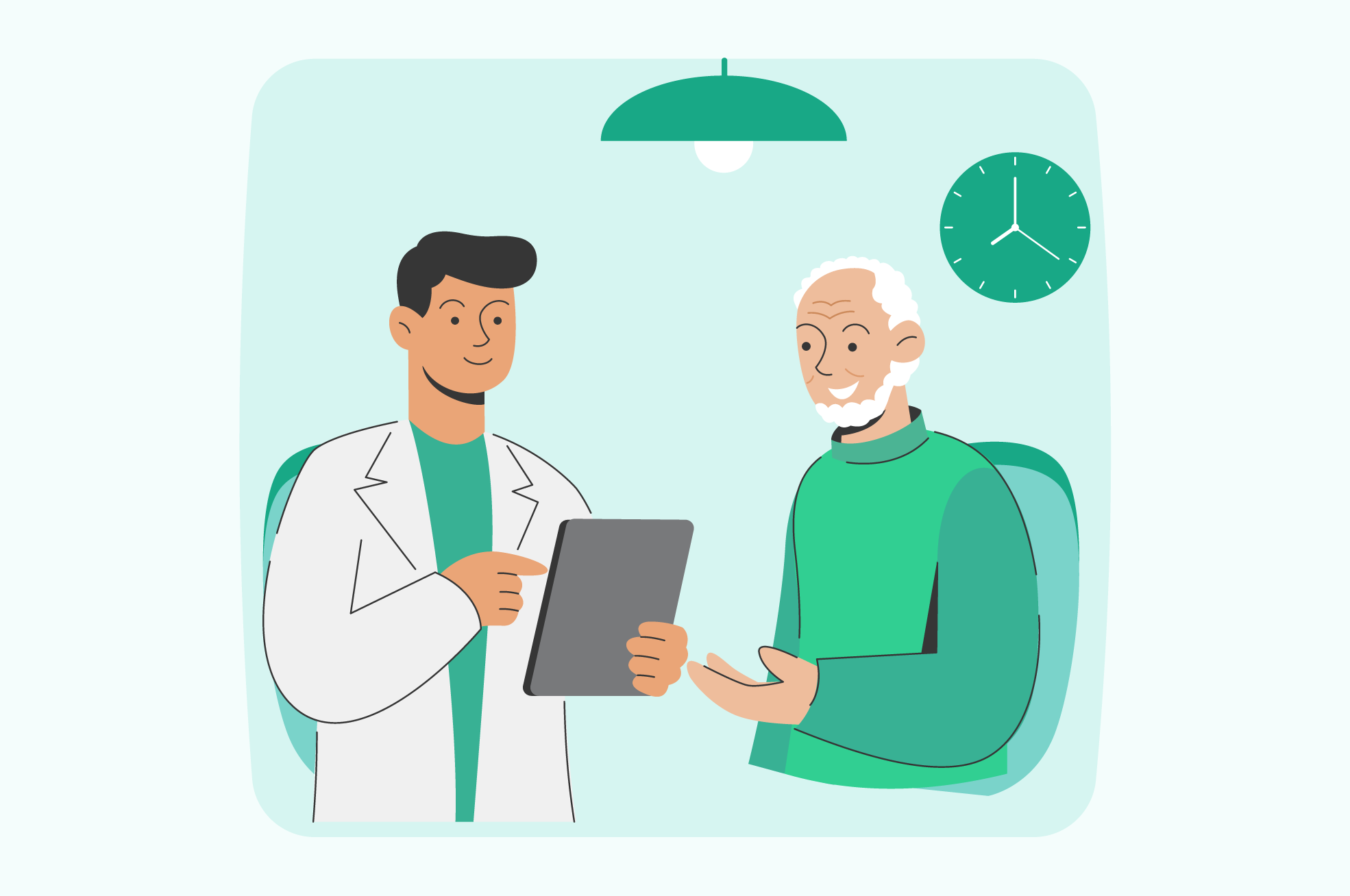Addressing Care Gaps in Healthcare: A Comprehensive Guide

Researchers reported that 33% of respondents experienced at least 1 care coordination gap, and 5% experienced poor primary care coordination.
But what are care gaps, and why is it important to close them?
What is a Gap in Care?
A gap in care occurs when there's a disconnect between what health practices are known to work and what actually happens during patient care.
These gaps can stem from a variety of sources including system inefficiencies, provider oversight, or patient factors.
It's crucial to identify these gaps because they can significantly impact patient outcomes. Understanding and pinpointing where these discrepancies occur is the first actionable step towards bridging these care gaps.
This approach not only enhances the quality of care but also ensures that healthcare practices are as effective as possible in real-world settings.
Why is it Important to Close Care Gaps?
Closing care gaps is crucial for enhancing both the quality of patient care and the overall outcomes in healthcare.
When we actively close gaps, we align actual patient care more closely with the most current, evidence-based practices.
This alignment not only boosts the effectiveness of treatments but also ramps up patient satisfaction.
Moreover, it cuts down on unnecessary healthcare expenditures by emphasizing preventive measures.
Essentially, when you focus on closing these care gaps, you're ensuring that every patient receives the optimal level of care, which can prevent future complications and reduce the strain on our healthcare systems.
Impact on Providers
For healthcare providers, care gaps can significantly impact both their professional life and the quality of care they deliver.
Addressing these gaps is crucial, not just for achieving better health outcomes for patients but also for enhancing the efficiency and satisfaction of providers themselves.
When gaps in care management persist, providers face increased workloads, heightened risk of malpractice, and a decrease in job satisfaction.
Improving these aspects means more effective health systems overall, where both patient care and provider welfare are optimized.
It's a fundamental step towards a more sustainable and efficient healthcare environment.
Impact on Patients with Chronic Conditions
Patients with chronic conditions are especially at risk from the fallout of patient care gaps. These gaps can seriously disrupt the continuous and complex care needed to manage chronic diseases effectively.
When these gaps are not addressed, they can lead to severe complications, frequent exacerbations, and increased hospitalizations, all of which escalate healthcare costs significantly.
Closing these gaps is therefore not just about improving health outcomes—it’s also about enhancing the overall quality of life for these patients and reducing the financial strain on our health systems.
Digital Health Solutions to close care gaps
Digital health solutions, such as telehealth and patient monitoring technologies, are crucial for bridging care gaps in healthcare services.
These tools offer a continuous stream of health data and significantly improve the communication between patients and providers.
By facilitating better monitoring and real-time interactions, these technologies help healthcare professionals quickly identify and address any deviations from a patient's health plan.
This proactive approach not only improves patient outcomes but also optimizes the overall efficiency of healthcare delivery, ensuring that patients receive timely and appropriate care.
Quadrant Health is a comprehensive CCM platform that allows practices to personalize and automate patient check-ins using generative AI. Learn more here or request a demo here.
Frequently Asked Questions
What are the most common types of care gaps in healthcare?
Common care gaps in healthcare often occur in areas like chronic disease management, where consistent, long-term care is crucial.
Gaps also frequently arise in preventive care, which involves regular screenings and check-ups to prevent health issues before they start.
Additionally, post-hospitalization follow-up is a critical area where gaps are observed, as inadequate follow-up can lead to complications or readmissions.
How can technology help close care gaps?
Technology plays a significant role in closing care gaps through tools such as electronic health records (EHRs), which provide comprehensive patient histories to all treating healthcare providers.
Telehealth services extend care to remote areas, improving access for patients who might otherwise experience gaps in service.
Patient portals encourage active patient engagement by allowing patients to access their health information, schedule appointments, and communicate with providers.
What strategies can healthcare organizations implement to minimize care gaps?
Healthcare organizations can minimize care gaps by investing in provider education to ensure all staff are up-to-date on the best practices and guidelines.
Engaging patients through educational programs about their conditions and treatments can also reduce gaps, as informed patients are more likely to comply with prescribed therapies.
Lastly, policy changes that streamline care coordination across different services and specialties can effectively reduce gaps in patient care.

